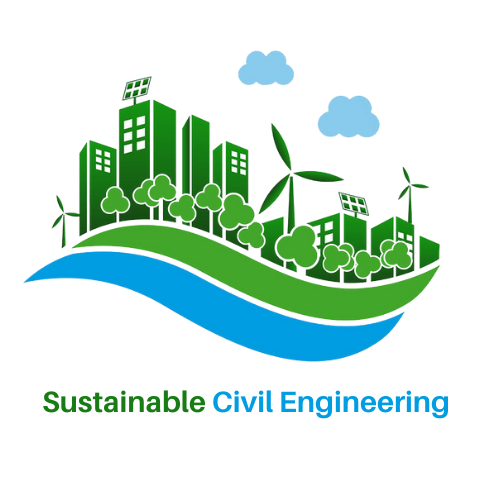A Program Management Approach to SF’s Housing and Homelessness Crisis
As San Franciscans, we pride ourselves on innovation and forward thinking. Yet, when it comes to our housing crisis and homelessness, we’re still using outdated approaches that aren’t delivering results.
While reviewing new construction projects in the Mission, I’ve noticed something promising: residential projects with bike storage instead of parking. But I’ve also noticed a fundamental disconnect in approaching affordable housing and displacement.
The Problem with Our Project-by-Project Approach
In our city, we tackle housing like individual tech startups rather than as an ecosystem. Each developer purchases land, hires architects, and builds what is financially feasible, focusing solely on their property lines. This fragmented approach is failing us.
Developers discuss BMR units and affordable housing needs while building luxury condos because there is no cohesive strategy for where affordable housing should go. By the time we realize certain neighborhoods have no affordable options left, the opportunity has passed—every available lot is filled with market-rate housing.
Why Program Management Makes Sense for SF
Program management—the discipline of coordinating multiple related projects toward a common goal—is perfectly suited to San Francisco’s challenges. We must think about housing, homelessness, and urban development holistically rather than as isolated projects.
State-level frameworks are a start, but we need neighborhood-level coordination that reflects San Francisco’s unique character. Too many projects I’ve reviewed focus narrowly on the building site while ignoring the community context. The result? Out-of-scale buildings, insufficient bicycle infrastructure despite eliminated parking, and façades that clash with neighborhood character.
Taking a Page from Tech
As a city that has revolutionized technology, we should apply system thinking to our housing crisis. Program management would allow us to:
- Designate specific blocks and neighborhoods for different housing types
- Ensure balanced development with affordable units distributed throughout the city
- Create connected bicycle and transit networks rather than piecemeal solutions
- Design cohesive neighborhoods rather than jarring architectural contrasts
Remembering Our Civic Responsibility
John Smeaton, the father of civil engineering, specifically chose the term “civil” to distinguish this work from military construction, emphasizing the improvement of civilian life. Similarly, our development should center on community well-being rather than individual project returns.
By adopting program management principles, we can systematically address homelessness and housing affordability rather than hoping individual projects will somehow contribute to solutions. It’s time San Francisco applied its famous innovation mindset to its most pressing urban challenges.
Moving Forward Together
If you’re ready to be part of San Francisco’s sustainable future, contact Sustainable Civil Engineering. Our team specializes in program management approaches that balance community needs, environmental responsibility, and economic viability. We need to develop coordinated housing strategies that deliver on affordability promises while creating vibrant, connected communities. Let’s transform how we address homelessness and housing—not through isolated projects but through thoughtful, comprehensive programs that reflect our city’s innovative spirit and commitment to all its residents.

